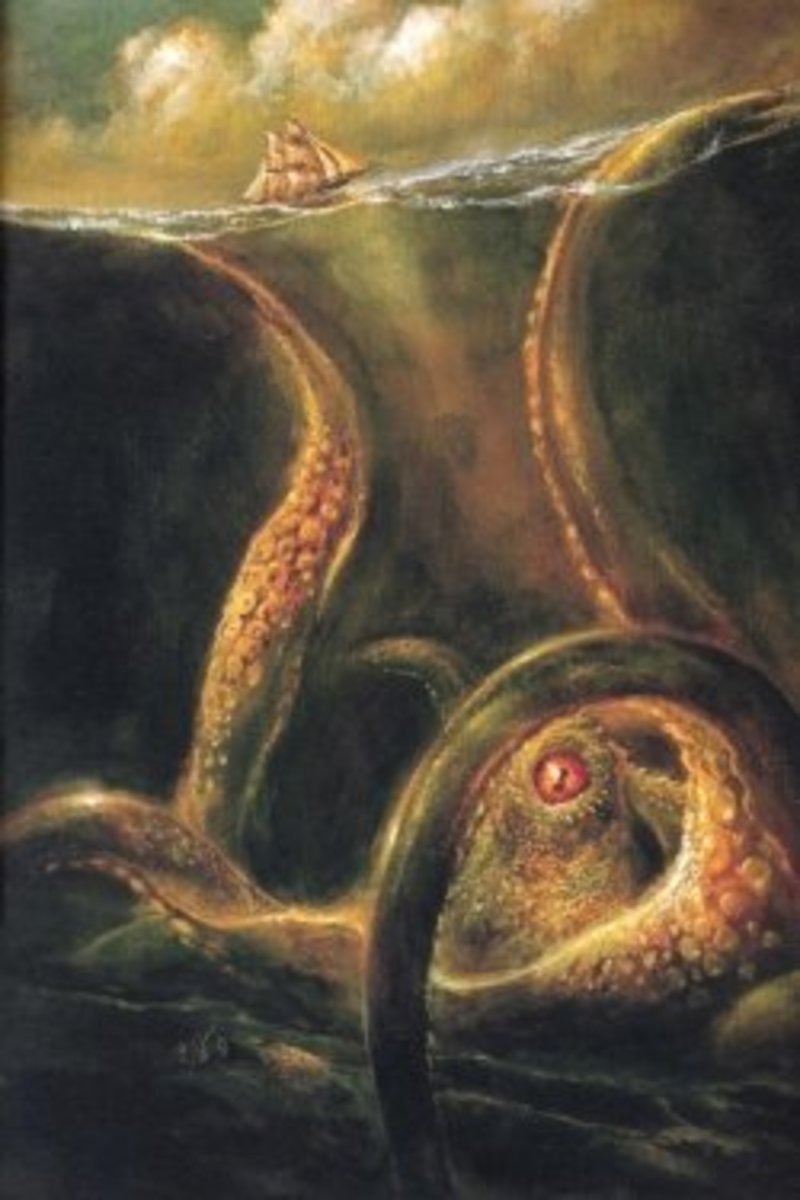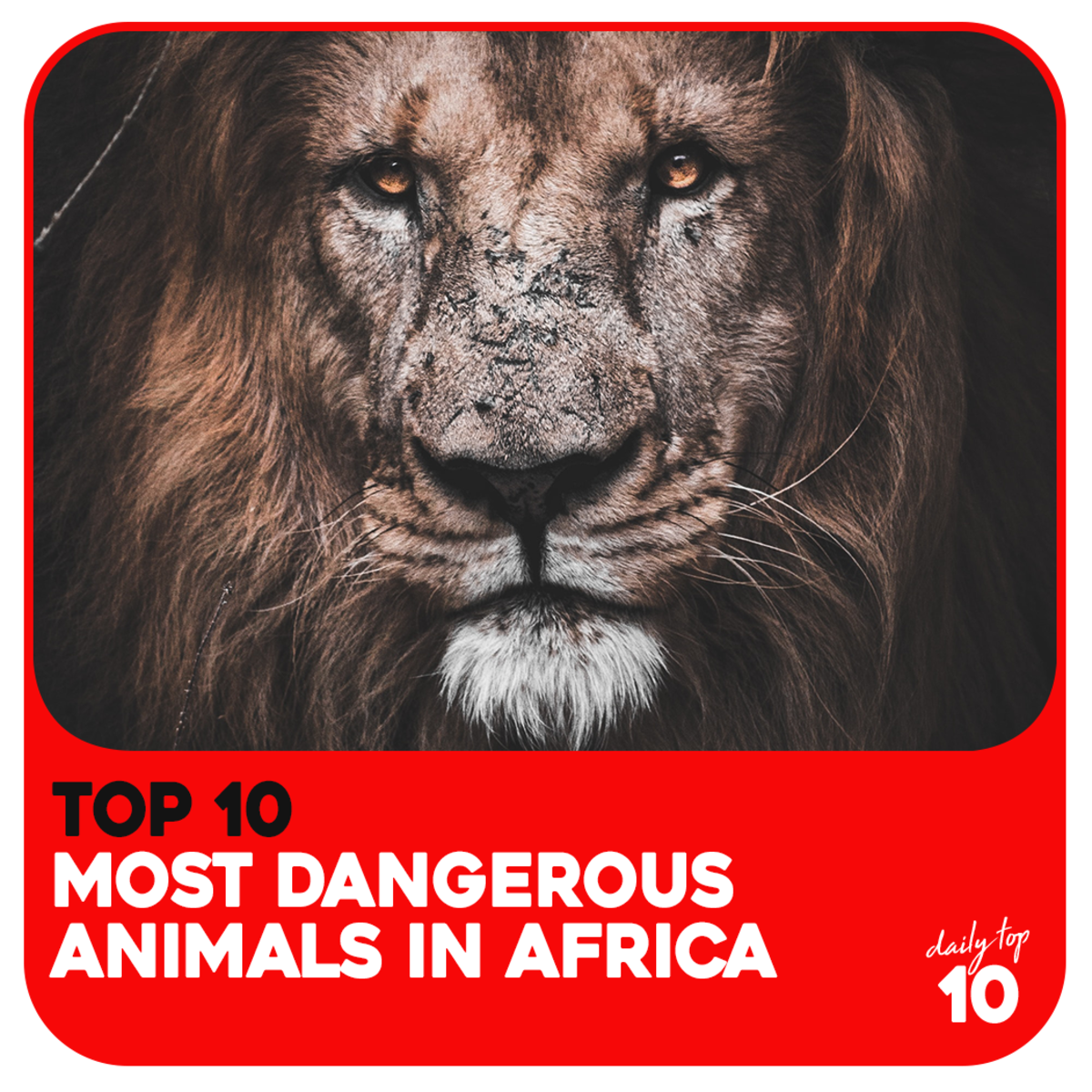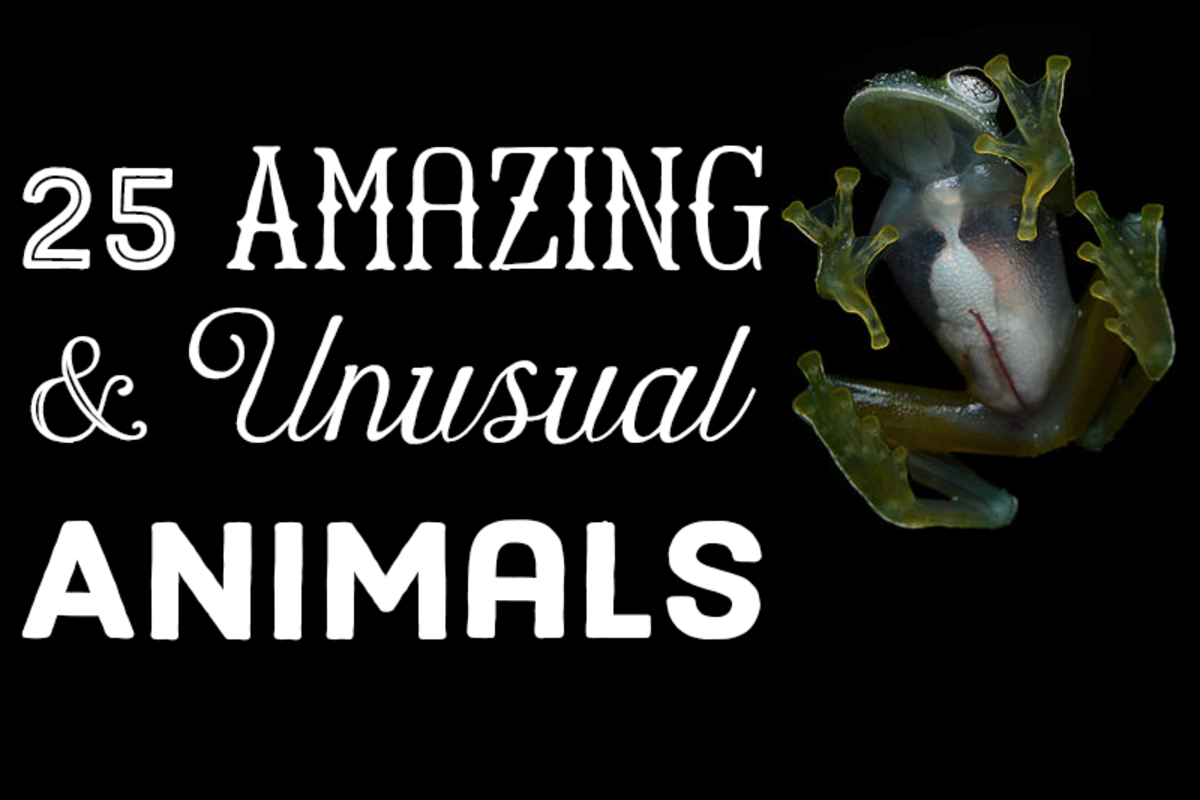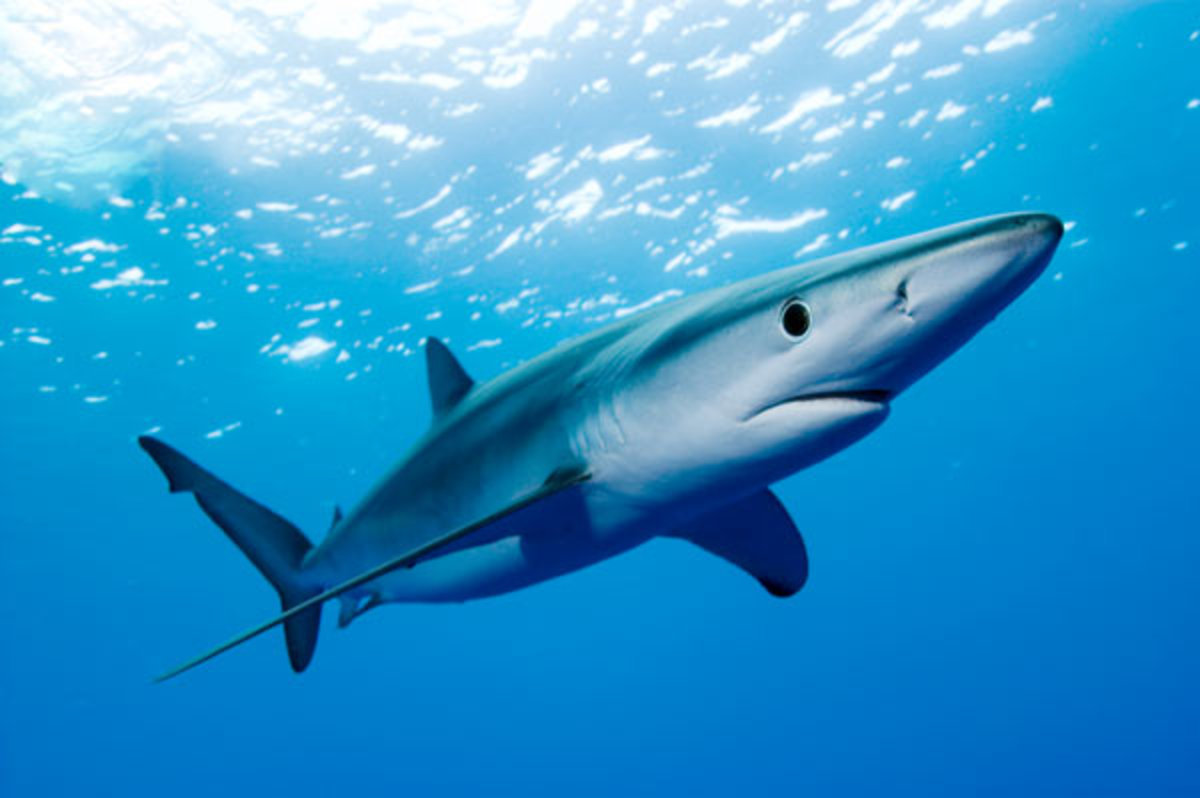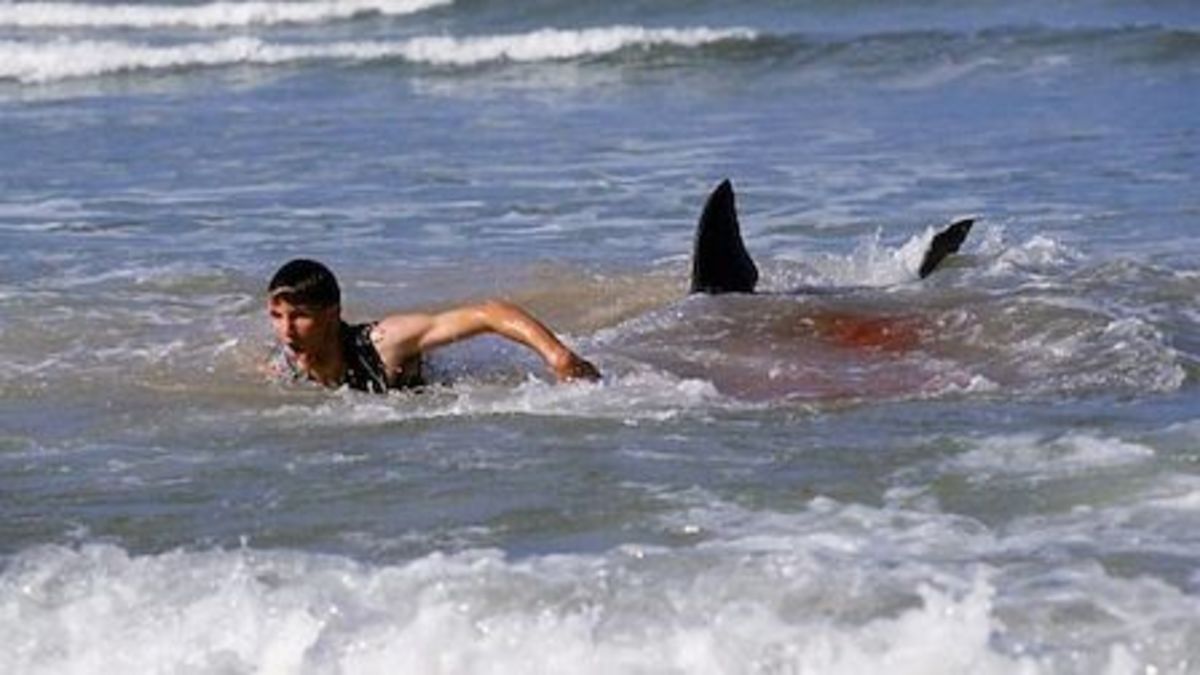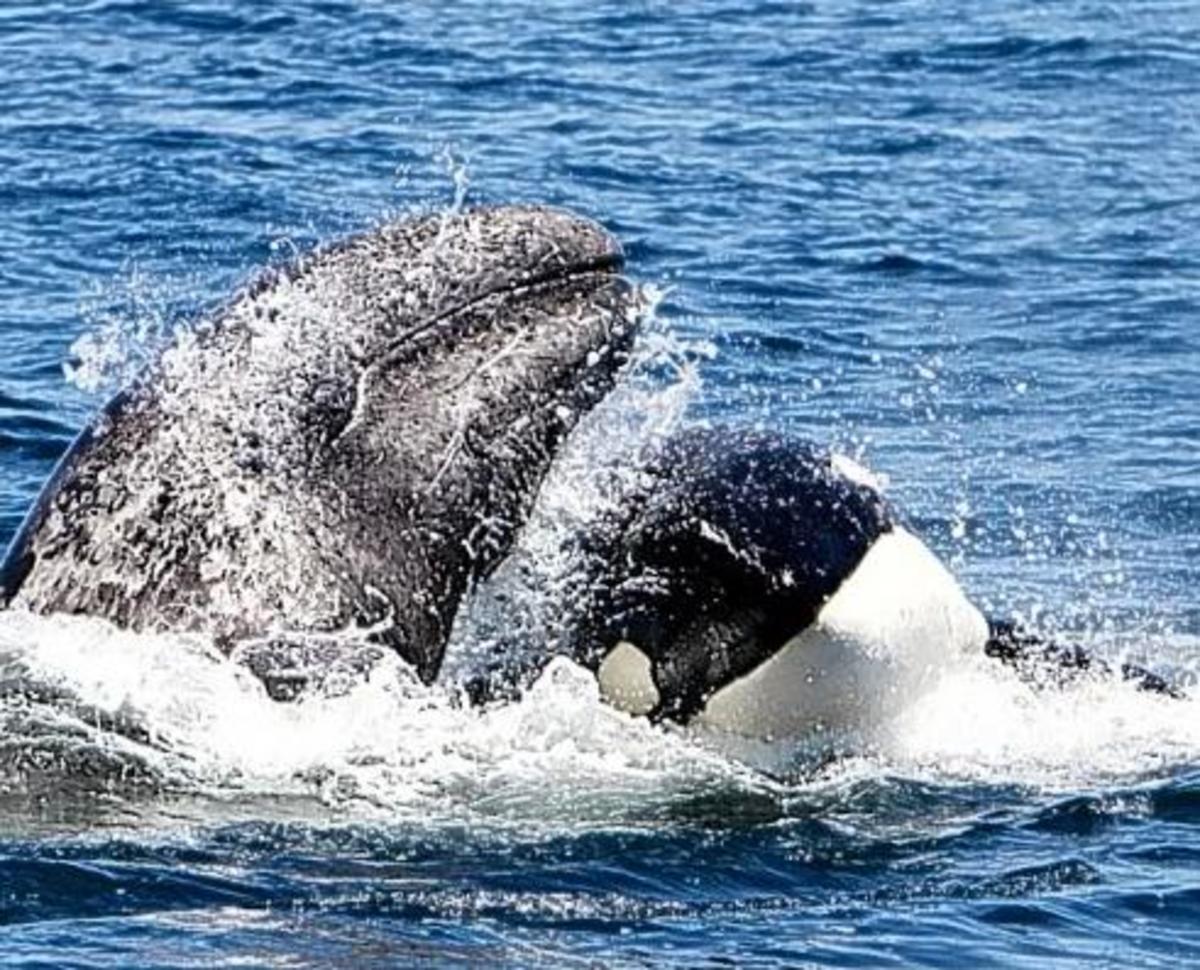- HubPages»
- Education and Science»
- Life Sciences»
- Marine Biology»
- Marine Life
Squid: The Giant and the "Colossal."
The Fascinating World of Deep Ocean.
Click thumbnail to view full-size




The Monsters Above the Abyss
Squid: The “Giant,” and the “Colossal.”
Only One Real Enemy: The Sperm Whale.
The special on Channel 4 TV recently prompted me to continue with my squid sagas. You may have read on Hubpages, “Humboldt Squid, Intelligent, Ferocious Predators,” which I wrote 18 months ago after these amazing cephalopods began to invade North American waters. Also, “The Fascinating Cuttlefish,” which I published recently, about the squid‘s close cousin. You might also read hubber “HelloHello’s excellent article on toothed whales.
Humboldt Squid are, indeed, energetic, savage predators, but there are many other squid and octopi in the oceans that overshadow the Humboldt, at least where sheer size and the depths in which they operate are concerned. There is the Giant Octopus, for example, which inhabits deep water and is rarely seen. One of the first things we notice when looking at these Scarlett Pimpernels of marine life, is that deep water creatures, those that live in the real depths are often huge as well as being deadly.
The cold, lack of sunlight and pressure down in these Stygian depths are almost beyond imagining and remind of statistics about deep space.
The oceans have been divided by biologists into several layers, or “zones.” The first, and the only part of the seas most of us will ever know, is the Epipelagic layer, from the surface down to just 200 meters. This is the layer penetrated by sunlight and its warmth, and where most marine life lives. Then comes the Mesopelagic, from 200 meters down to 1000 meters, also called the “twilight zone” as some sun gets down there, gradually darkening as we go deeper. Then, at 1000 meters down to 4000, comes the Bathypelagic Zone, or “midnight zone.” Getting serious now, this falls off into the Abyssopelagic Zone, the “Abyss,” with crushing, pitch dark depths down to 11,000 meters. Below even these nightmare conditions, the Hadapelagic Zone is reached in a few parts of the oceans, from 11,000 meters down into the deep sea trenches. (Note that this is about 7,000 feet deeper than Mount Everest is high!). Note that “pelagic” means to live in open water away from land mass.
As we sink lower in the Bathypelagic Zone, natural light is replaced by “bioluminescence” from many of the deep ocean creatures. The sperm whales can reach these depths, and they do so for one main reason: to find their prey, the Giant Squid, and the mighty Colossal Squid.
These huge squid/cephalopods are from the family Architeuthis, should you care. The Giants grow to around 13 meters in length and the Colossal to about 15 meters. This includes the long tentacles.
A squid is not a really complicated creature in regard to its anatomy. It consists of a mantle with a tail element used for steering, a gut, the funnel for propelling water through the creature, a strange mouth containing a rasp-like belt of cartilage used for grinding up food, a “beak” like a parrot’s, weakly attached to surrounding tissue, but very hard, strong and sharp, 8 regular arms and 2 long tentacles used to catch and bring prey to the mouth area. The 8 arms are covered in sucker cups which the creature can zip together like press studs to streamline them for rapid passage. The squid also has perhaps the most efficient, huge, eyes in all the animal world which actually work better than ours although they evolved millions of years earlier.
These huge giant squid, and even more the Colossal, may be to a great extent ambush predators, using their long tentacles to snare prey from any angle as it passes. This is in contrast to the Humboldt and other, smaller, squid, which use fast swimming and the launching of their two longer tentacles rather like an armoured, frog’s tongue to catch their prey.
Like all squids, these great creatures have blue/green, copper-based blood; three hearts to oxygenate their bodies by way of gills. Their brain is tiny, but seems capable of many miracles, not the least is enabling the squid to change colour depending on its background to an astonishing degree. As they move in front of a new backdrop, in seconds, they “disappear” in front of your eyes; they make the chameleon seem like yesterday‘s news! In fact, their chemical colour processes have an amazing 300 pixels, or dots, for each millimetre of their skin. Even more compellingly, they can change the surface of their skin to imitate the texture of the background, calling forth “warts,” “hillocks,” and “blemishes” until they are completely undetectable before they move again! Like the octopi, shallow water squids also have the ability to hide behind clouds of “ink” as they make good their escape.
As was mentioned, Sperm whales are almost the only predator that can reach these depths in pursuit of the huge squids. One can only imagine the Herculean battles fought a mile below the surface as the whales try to get a killing bite on the squids and the prey fights back with it’s weapons. The Colossal squid is better equipped than the Giant Squid in this regard, as his two long tentacles have tearing, hooked spikes along their length as well as the toothed suckers at the end and his beak; his beak is also larger and stronger. However, the sperm whale is a huge, implacable foe and most battles may leave him scarred, but the squid is usually devoured. Most of this is guesswork as man has never seen one of these clashes of the titans, fought in no light, except the luminescence from the alarmed squid and perhaps panicked onlookers.
The Sperm is the largest of the toothed whales and can dive deeper and for longer than any other cetacean. The huge creature was the most hunted by the whaling industry in the past for its “spermaceti oil.” More than a million was murdered over the years and the estimates of the population now is only around 350,000.
Sperm whales need a ton of protein each and every day - wouldn’t that have kept Dr. Atkins happy!? One was found with more than 28,000 smaller squid in its stomach! They often dive to 2,000 meters and some evidence suggests they can go to 3,000, or a little more. Another whale stayed underwater for an amazing 1 hour, 52 minutes!
Well no one now has an excuse for failing his squid A-levels! (Not even running out of ink, the squid has plenty to lend you)







